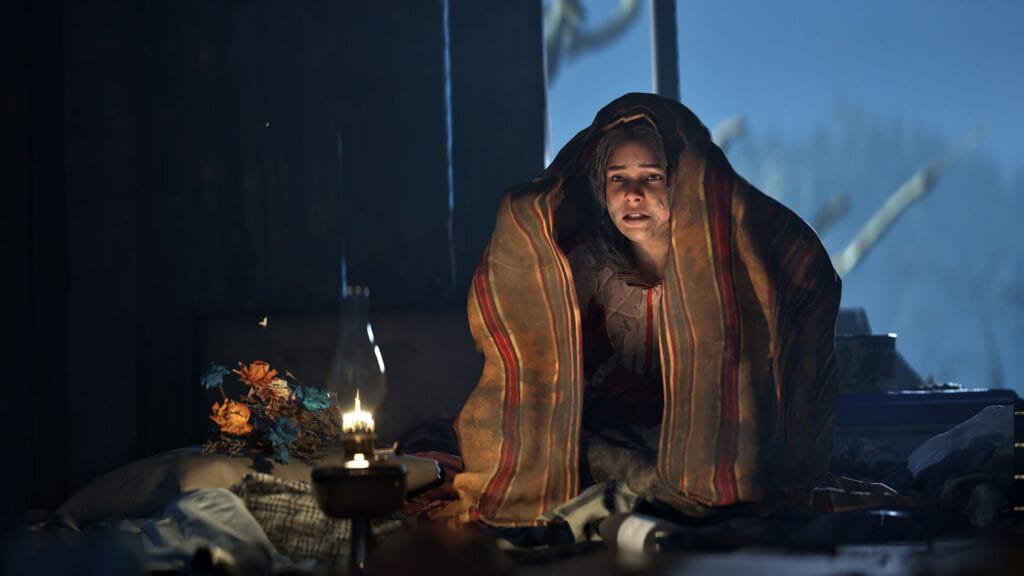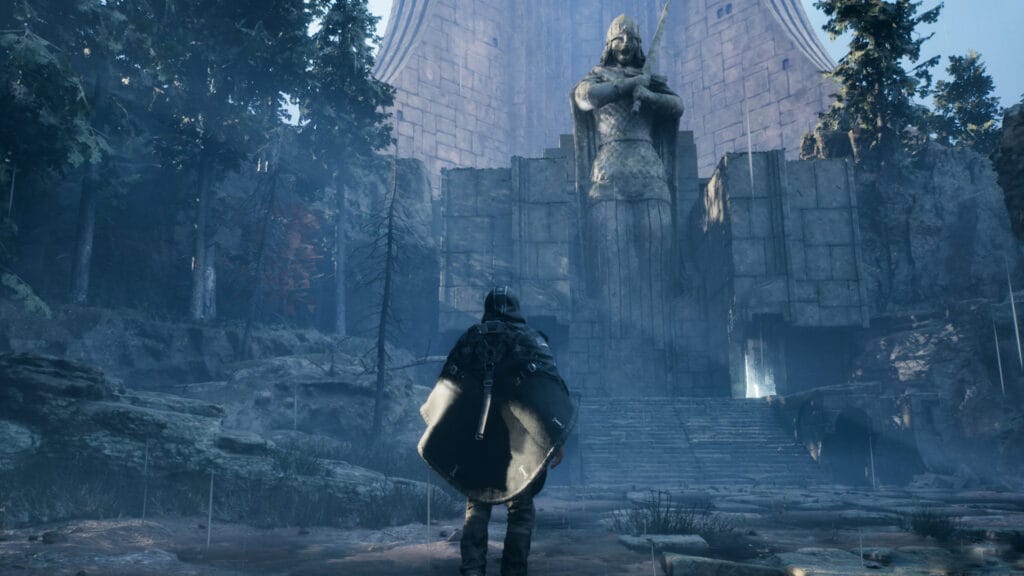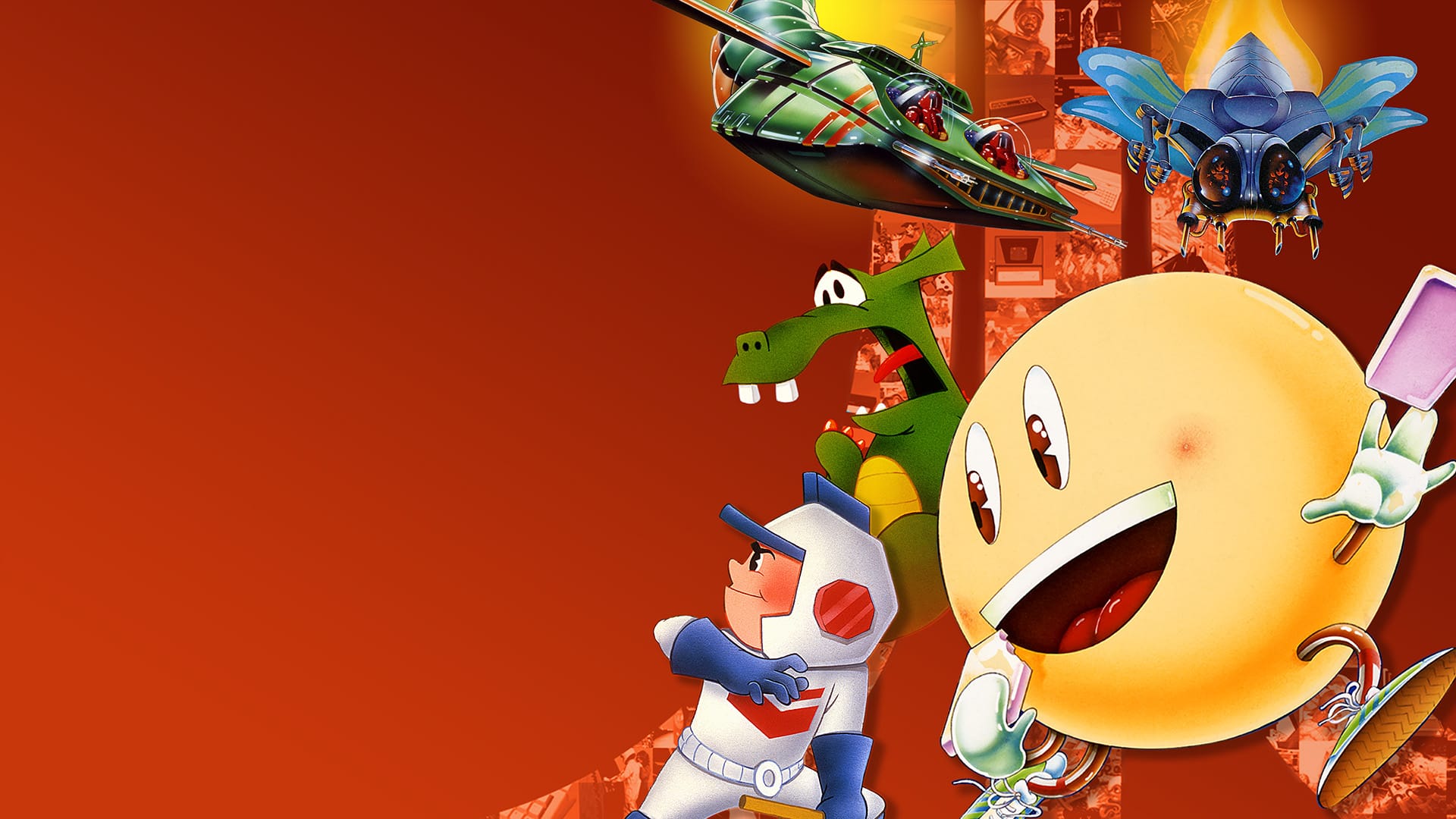“L’enfer, c’est les autres”, goes the famous line from Sartre: “hell is other people”. Rogue Factor, which refers to itself as “Montreal’s boutique game studio”, declares instead that Hell Is Us. As it happens, the biggest shortcoming of this intriguing action-adventure game is the near-absence of other people – certainly people of any believable type. While the sadly inert and depopulated game world disappoints, this is in some ways a genuinely novel take on the genre.
Two linked elements make Hell Is Us particularly distinctive. The first is the game’s setting, which positions it in Hadea, a fictional country embroiled in civil war in the early 1990s. The second is Rogue Factor’s much-discussed decision to leave the player to their own devices, depriving them of any in-game map, objective markers, or other crudely visible clues to progression. At times, these design decisions can feel inspired; at others, frustrating.
The player is cast in the role of Remí, a man born in Hadea but smuggled out by his mother as a child. When the game begins, he has gone AWOL from a peacekeeping unit assigned to the isolated, closed country of his birth. Remí is determined to locate his father, but soon discovers that Hadea is plagued by otherworldly, hostile entities which are thriving as the nation’s fractured communities visit brutal violence on each other. The player is tasked with following various leads to explain, and confront, this sinister threat.
It is clear that Rogue Factor has invested a great deal of time and effort in the creation of Hadea. A small, vaguely Eastern European state, its civil war very clearly evokes the real-world conflicts in places like Yugoslavia and Northern Ireland. Just as complex as the contemporary animosities is Hadea’s long history, which Remí learns about by plumbing the depths of various ancient ruins. Sadly, Rogue Factor’s efforts at worldbuilding seldom pay off. Because this society is created from whole cloth, and feels so arcane and unknowable, the player is liable to be left unmoved by the various atrocities depicted.

The glaring issue is that Hadea feels essentially dead. All of the non-player characters are rooted to the spot, unable to move or interact with the player in almost any way. Rather than people, they are merely information nodes, which the player can interrogate on a short, dynamic list of relevant topics. Even the pale, ghostly enemies lumber around aimlessly, waiting for Remí to arrive and do battle with them. They are hardly threatening, and the revelation about their nature is neither surprising nor particularly interesting.
Exploration, puzzle solving, and combat are the three principal gameplay pillars of Hell Is Us. Of these, exploration is the strongest. Hadea is a visually distinctive place, a semi-open environment divided into several discrete zones. Remí travels between these using an armored personnel carrier which is also the star of the game’s excellent opening title sequence. Progression involves genuinely having to figure things out, and there are numerous satisfying moments as clues click into place and solutions present themselves.
While the lack of crutches like objective markers gesture interestingly at a degree of realism, the puzzles in Hell Is Us are decidedly “gamey”. Most of them involve managing a set of basically meaningless symbols that can be difficult to tell apart; only uncommonly does the game present the player with more physically grounded challenges. At times, the symbol- and key-based puzzles are frustratingly obtuse. It is a shame that such a detailed world, and exploration that leans on the player’s careful thought, is often resolved with such bland puzzles.

Combat is likely to be the most divisive aspect of Hell Is Us. Rogue Factor has employed a strongly stamina-based system, which was the cause of various wild comparisons with Dark Souls in the pre-release period. At first, this system is quite confusing but it slowly becomes more natural. The critical aspect of it is a timing-based ability which lets Remí recover his health after dealing damage to foes. Players who master this trick will find most encounters to be quite trivial; those who struggle with it may find the combat to become increasingly frustrating.
It does not help that the enemy variety is severely lacking. The handful of different “lymbic entities” are a sad, monochrome bunch sometimes aided by colourful, spectral helpers with distinct attacks. The weapons available to Remí – all medieval and seemingly magical in style, due to the entities’ invulnerability to firearms – seem minimally distinct and play very similarly.
In a number of ways, Hell Is Us recalls last year’s Banishers: Ghosts of New Eden. Both games are original, strongly exploration-focused, have rather imperfect combat, and run attractively on Unreal Engine 5. Of the two, Hell Is Us is surely the weaker finished product. Hadea is a labour of love, but one which feels almost completely inert and this neutralises almost completely any point that Rogue Factor could have made about the ravages of civil war and man’s inhumanity to man. While it has its strong moments, Hell Is Us too often focuses on Remí’s dive into an inscrutable mystical mystery, while the more interesting conflict is frozen all around him.





